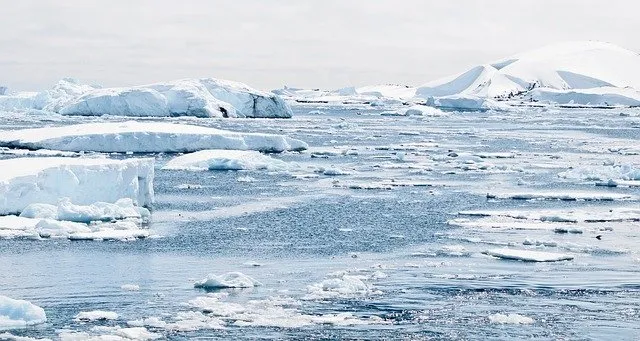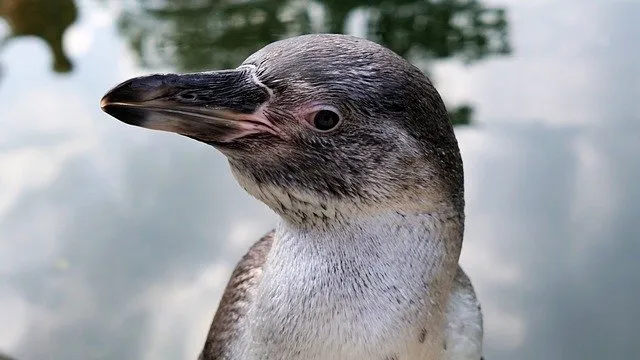
The Fascinating Lives of Penguins: From Waddle to Swim

Image source: Unsplash
Penguins, with their distinctive appearance and charming waddle, have captivated the hearts of people all around the world. These flightless birds are not only adorable but also have fascinating lives that revolve around their ability to swim gracefully in the icy waters. Let's take a closer look at the incredible journey of penguins, from their waddling on land to their exceptional swimming skills.
Adaptations for Life on Land
Penguins are perfectly adapted to survive in some of the harshest environments on Earth, such as Antarctica and the sub-Antarctic regions. Their unique physical characteristics allow them to thrive in these extreme conditions.
- Feathers: Penguins have a dense layer of waterproof feathers that help insulate their bodies and keep them warm in freezing temperatures. These feathers also provide excellent hydrodynamics, reducing drag when they swim underwater.
- Flippers: Penguins have evolved modified wings called flippers, which enable them to navigate through the water with incredible agility. These flippers function as powerful paddles, propelling them forward while diving and swimming.
- Webbed Feet: Their webbed feet serve as efficient rudders, assisting in steering and maneuvering underwater. On land, these feet help penguins maintain balance and grip on slippery surfaces, allowing them to waddle without stumbling.
Masters of the Sea
Although penguins may appear clumsy on land, they are graceful and agile swimmers in their natural habitat, the ocean. Their swimming prowess is nothing short of remarkable.
- Diving Abilities: Penguins are exceptional divers, capable of reaching impressive depths. Some species can dive as deep as 1,800 feet (550 meters) and stay submerged for several minutes. Their ability to hold their breath for extended periods is due to efficient oxygen storage and reduced heart rate while underwater.
- Underwater Hunting: Penguins are skilled hunters, relying on their excellent eyesight to spot prey underwater. They primarily feed on fish, krill, and squid. Using their streamlined bodies and powerful flippers, they chase and capture their prey with precision and speed.
- Porpoising: When swimming near the surface, penguins employ a technique known as porpoising. This involves propelling themselves out of the water at high speeds, allowing them to breathe and conserve energy simultaneously.
Social Structures and Breeding
Penguins are highly social creatures, often forming large colonies where they engage in various behaviors, including courtship and breeding rituals.
- Pair Bonding: Penguins form strong pair bonds, with many species mating for life. During the breeding season, males engage in elaborate courtship displays to attract females. These displays often involve head bobbing, calling, and presenting pebbles as gifts.
- Nesting: Penguins build nests on land using rocks, pebbles, and other available materials. Both parents take turns incubating the eggs, ensuring their safety and warmth. Once hatched, the parents work together to feed and protect their chicks until they are ready to fledge.
- Communal Life: Penguins often gather in large colonies, providing safety in numbers. These communities offer protection against predators and help maintain body temperature during harsh weather conditions.
Penguins are truly extraordinary creatures, perfectly adapted for life in the icy waters. Their unique physical attributes, remarkable diving abilities, and fascinating social structures make them one of the most captivating species on our planet. So, the next time you see a penguin waddling or swimming, take a moment to appreciate the incredible journey they undertake from land to sea.
